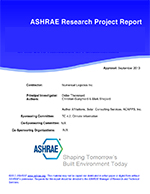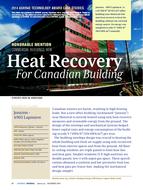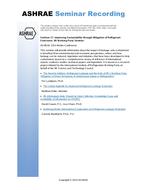Unlike heat transfer, the rate of transfer of moisture cannot be measured directly. Most methods are intrusive. Different materials react differently in the presence of moisture and the sustained presence of moisture can degrade the materials–a process that may affect the measurements. However, many studies focus on the impact of moisture within building envelope assemblies brought in either by diffusion, air leakage, capillarity, or water ingress. In an effort to contribute to the development of more standard procedures to measure moisture for experimental applications, this paper presents a review of the various methods available to monitor the presence of moisture in envelope materials. These include gravimetry, electrical resistance techniques, dielectric techniques, neutron thermalization methods, thermal conductivity methods, ultrasonic methods, spectroscopic analysis, and thermal imaging. The advantages and disadvantages of each method are discussed, as well as a framework for the selection of the instruments and methods with respect to the testing protocol.
Authors: Dominique Derome, Ph.D.; Anik Teasdale-St-Hilaire; Paul Fazio, Ph. D., P. Eng.
Citation: Thermal Performance of the Exterior Envelopes of Buildings VIII
Keywords: December, Florida, 2001
Citation: Thermal Performance of the Exterior Envelopes of Whole Buildings VIII
Product Details
- Published:
- 2001
- File Size:
- 1 file , 2.3 MB
- Product Code(s):
- D-8019


